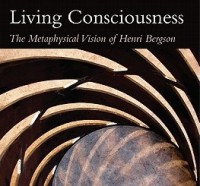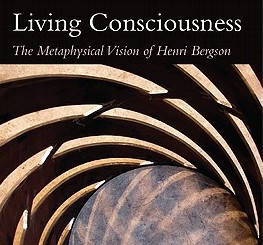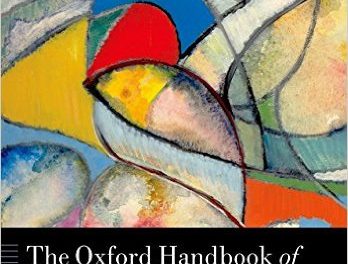 Book Review: Living Consciousness: The Metaphysical Vision of Henri Bergson
Book Review: Living Consciousness: The Metaphysical Vision of Henri Bergson
Author: G. William Barnard
Publisher: SUNY Press – 342 pages
Book Review by: Paiso Jamakar
This work of G. William Barnard examines the ideas of Henri Bergson (1959-1941), an
influential French philosopher in the first half of the 20th century who won the Nobel
Prize in Literature in 1927. Bergson led a quiet life as a professor, and authored four
books between 1889 and 1932, namely:
- Time and Free Will (1889)
- Matter and Memory (1896
- Creative Evolution (1907)
- The Two Sources of Creative Evolution
He excelled not only in the humanities but in the sciences as well. His abilities were
developed at an early age, winning a prize for scientific work while at the Lycee
Condorcet in Paris from 1868 to 1878. In 1877 at the age of 18, he also won a prize for
solving a mathematical problem.
Bergson opted for a career in the humanities instead of science even as he excelled in the
latter. His writings, unlike many of those of other philosophers, discuss a lot of scientific
phenomena and physical realities and forces that can be demonstrated visually – concepts
that can not only be seen but felt, such as gravity and movement. .
G. William Barnard is an associate professor of religious studies at Southern Methodist
University, with its main campus located in Dallas. He is the author of Exploring Unseen
Worlds; William James and the Philosophy of Mysticism (also published by SUNY Press)
and co-editor with Jeffrey J. Kripal of Crossing Boundaries: Essays on the Ethical Status
of Mysticism.
Living Consciousness is an extensive and intensive study, with 28 chapters of Bergson’s
thought and writings. It presents and discusses many philosophical ideas and issues,
ranging from the nature of consciousness – including authenticity, time, quantity and
quality, determinism, understanding of the self and freedom – to physical realities as
found “out there” and in classical physics, such as atomics and movement.
Section 1, entitled Explorations of Consciousness, Authenticity, Time and Freedom has
seven chapters that cover the subjects named in this section’s title as well as quantity and
quality, determinism, and alternative understandings of the self.
The Liminal Section discusses Bergson’s and others’ ideas pertaining to ‘the world out
there’ and subjects such as movement, an atomistic understanding of reality, classical
physics and what is beyond it, and ‘melodies of the self and the world’.
Section Two, entitled The Matter of Consciousness and the Consciousness of Matter, has
chapters 13 through 28 covering a large range of subjects. A sampling of the ideas and
concepts found in these chapters: contemporary understandings of consciousness; images
of the universe; perceptions and the brain; the interaction of perception and memory;
moving from perception to memory; the interweaving of recollection memory and habit
memory.
Other chapters in this section deal with ruminations with the hidden power of memory;
the presence of the present; memory and the brain; mind and matter as different rhythms
of duree (Bergson’s theory of time and consciousness); embodying memory; becoming
conscious of the subconscious; recollection memory, dreams and the élan vital (vital
impetus or vital force); Bergson and non-ordinary experiences; and Bergson and the
afterlife.
I am sure that G. William Barnard, the author, expended a lot of time and effort in
research, analysis, thinking, understanding and gaining insight before and when writing
this important book, perhaps one of the best on Henri Bergson. We applaud him for it.
He writes that he appreciates of the help he got from colleagues on some subjects, such as
on quantum mechanics and theoretical physics:
“During the many years that it took to nudge this book into its present form, I was
assisted, in ways that I cannot begin to adequately acknowledge, by numerous colleagues,
friends, family members, loved ones….” Two of those colleagues he refers to are Fred
Olness, chair of the physics department at SMU, who read his early draft of his section
on quantum mechanics; and Henry Stapp, a world-renowned theoretical physicist, who
helped him on portions that related to this subject.
I believe that understanding the nature of human consciousness (and consciousness
as a philosophical concept) is part of the highly important process of understanding
ourselves, so we can lead peaceful, productive and happy lives. With this book, Barnard’s
contribution to this effort is exemplary and outstanding.







